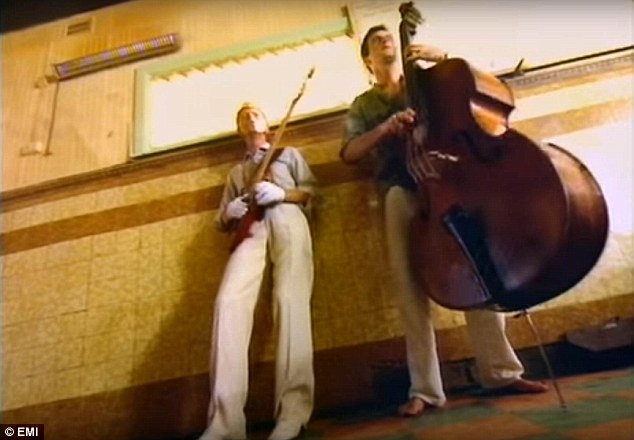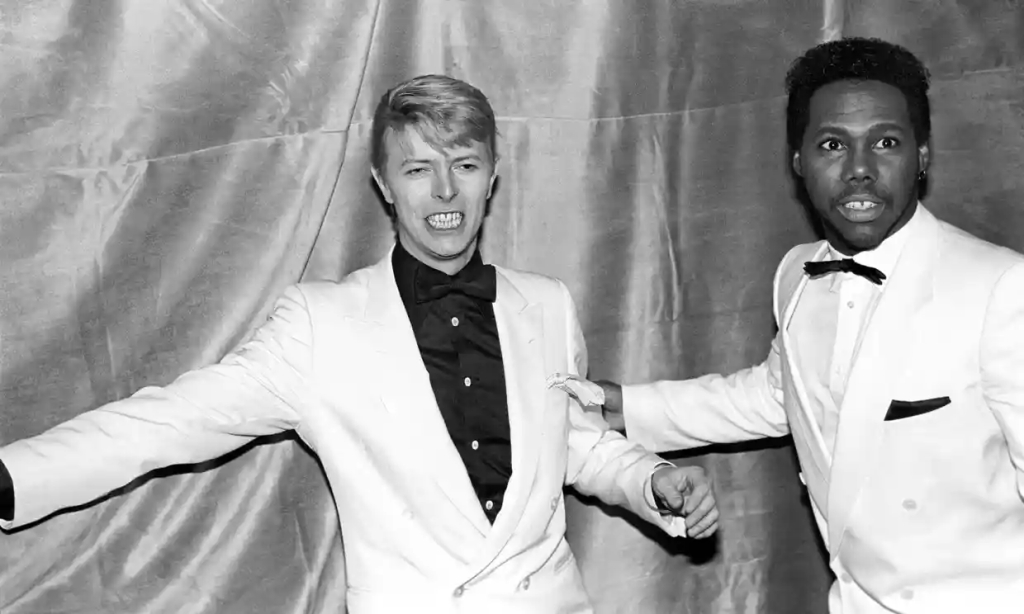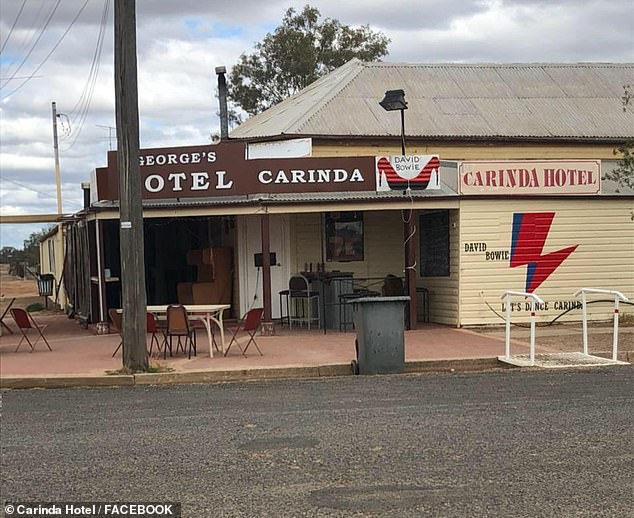
The date is 17 March, 1983. The location, London’s 5-star Claridge’s Hotel.
Within one of its luxury suites, a gathering of the world’s music press has assembled to hear a major announcement from one of the world’s biggest stars of the past decade. When David Bowie enters the room he looks tanned, relaxed and has the demeanour of a man who had just spent his last pound on the winning lottery ticket.
Bowie had gathered the world’s musical press to announce his new album, Let’s Dance, as well as a supporting tour, the Serious Moonlight Tour. Now 36, Bowie was entering what would become a pivotal moment of his career. He looked like a man with a rejuvenated lust for life, and with good reason.
For starters, he had just signed a new deal with EMI America which was reportedly worth £17m. His deal with RCA had expired in 1982, much to both Bowie and RCA’s relief. In his last few years with the label Bowie had not felt entirely supported, particularly through the Berlin Trilogy years of Low, “Heroes” and Lodger. “I didn’t like them because they didn’t like me” was his summarisation of RCA at the press conference.

To add to this, MainMan, the company set-up to look after Bowie’s affairs by former manager Tony DeFries, had been wound up the previous year in the high court, bringing an end to Bowie’s royalty obligations to a man he no longer trusted after the relationship turned sour in 1975 when Bowie discovered he did not solely own the publishing rights to his own songs. The new deal with EMI provided Bowie with much needed financial security after years of financial mismanagement and disagreement with DeFries.
In addition, Bowie was now also free from his ex-wife Angie after their divorce was finalised two years previously, with Bowie securing custody of their son, Duncan.
This meant when Bowie faced the press that day in a swanky suite in Claridge’s, he was literally at a crossroads in his life. Free from RCA, a record label he no longer felt supported by. Free from financial obligation to a former manager he had long since trusted. And free from a marriage that had been a strain on both parties for a significant period of time.
But Bowie was also free in another sense. He now felt free from the requirement to make a certain type of record. He was a man with a new sense of purpose that very much chimed with the direction of traffic in 1983. Bowie, the champion of the avant-garde, was now out for something that his most recent albums had largely failed to achieve: commercial success.
The dawn of the 80s had seen the arrival of new wave, the New Romantics and a spate of bands like Duran Duran and Spandau Ballet who were neither ashamed of obtaining wealth, nor of flouting it. Now Bowie wanted his piece of the action.
As a man approaching 40 with a chaotic history on the finances front, perhaps he sought security, particularly after winning custody of his son. Perhaps he felt he had to right the perceived wrongs with his deal with DeFries and MainMan, and recoup some of the losses he felt he’d sustained. Whatever the reason, Bowie was about to become ruthless in his pursuit of wealth.
The first part of attaining the commercial success he desired meant a change of line-up. Out went long-time producer Tony Visconti and in came Nile Rodgers to co-produce. When Bowie approached Rodgers he requested the Chic star do the same for him that he had done for every other act he had worked with. “What is that?”, enquired Rodgers. “You make hits”, replied Bowie.
Out also went guitarist Carlos Alomar, who was replaced with Stevie Ray Vaughan, a relatively little known blues guitarist from Texas whom Bowie had seen at the Montreux Jazz Festival.
The album was recorded in the Power Station studios in New York over 17 days in the December of 1982, and released on 14 April the following year to huge critical and commercial success. Much of that success was down to the lead single from the album, which was released a month before the album hit the shelves.
‘Let’s Dance’ was the first song recorded for the album and would become the fourth of Bowie’s five number one singles. It captured everything that Bowie was looking to achieve with Let’s Dance, aiming for feet rather than heads. Charles Shaar Murray heaped praise on the single in the NME stating: “Let’s Dance’ is easily this year’s biggest single; every time it comes up it creates an instant impression of sheer scale. The sounds are huge, the emotions it contains gigantic. You should catch this beat, but be careful what you catch it with.”
Another key component for the success of the ‘Let’s Dance’ single was its video, which was filmed in Australia; a country that Bowie loved but was not afraid of criticising. Speaking on the treatment of the indigenous Aboriginal population, he stated: “As much as I love this country, it is probably one of the most racially intolerant in the world, well in line with South Africa.”

If the lyrics on Let’s Dance – album and single – avoided political comment, the video for the single ‘Let’s Dance’ took on the thorny issue of race, and in particular the treatment of Aboriginals in Australia, with Bowie hiring Terry Roberts and Jolene King – two Aboriginal performers – to star in the video.
The video was primarily shot in the New South Wales town of Carinda, with Bowie performing in the local hotel in the sweltering heat whilst the its patrons look on in a mild state of disgust. Roberts and King’s role depicted them as a young Aboriginal couple struggling to make a life for themselves in white Australia. Bowie’s own words on the video were blunt. It was, he said, “a direct statement about integration of one culture with another” Direct statement or not, the video was a huge success and became a staple on MTV, helping to increase the popularity of the single and making it one of the standout hits of 1983.
‘China Girl’, an Iggy Pop cover, and ‘Modern Love’ were also released as singles, both making it to number two and giving Bowie his most consistent run of successful singles in the UK chart. But despite this commercial success, Let’s Dance marked the end of Bowie’s golden period. Never again would he replicate the levels he achieved between Hunky Dory in 1971 and Scary Monsters (and Super Creeps) in 1980, where he released 11 albums of which six have legitimate claims to being genuine classics.
The avant-garde was gone, as were the various characters he adopted through the 70s. Bowie was now very much his own man, weird no more, and a serious businessman who was fully aware of his own worth and commercially available at the right price – as was proved with his horrendous Weird Science inspired Pepsi advert where he duetted with Tina Turner and sang a modified version of ‘Modern Love’.
Let’s Dance is a long way off Bowie’s greatest album, but it remains the most commercially successful of his entire back catalogue – which was the aim when he asked Nile Rodgers to make him “a hit”. The goal of commercial success was achieved, but it brought about the end of Bowie’s golden period and the critical acclaim.
As someone who was keen to secure his financial future after the past money disputes with Tony DeFries, and musical differences with RCA, maybe Bowie felt it was time to embrace the wealth accumulating mood of the 80s and make an album that would provide him with financial security rather than appreciation from the critics.
Whatever the reason, on his death in 2016 Bowie’s estate was worth an estimated £230m. There were other shrewd business activities to come in the future that helped add to his bank balance, most notably his Bowie Bonds scheme in 1997, but the seeds to accumulating the level of wealth his estate matured at were undoubtedly planted with Let’s Dance.


Well done, a decent read that was took me back🙄
Sent from my iPad
>
Cheers! Thanks for reading!